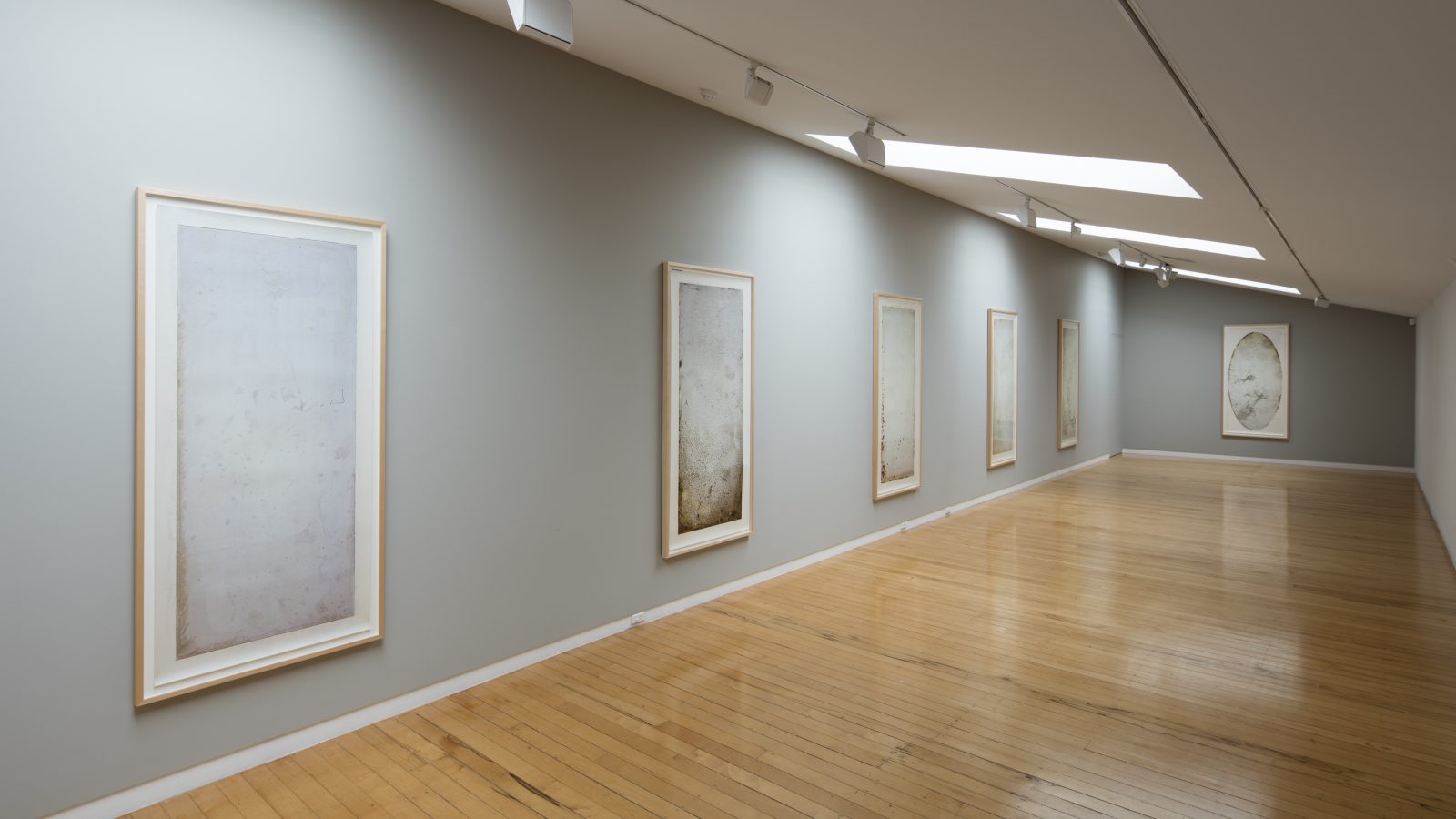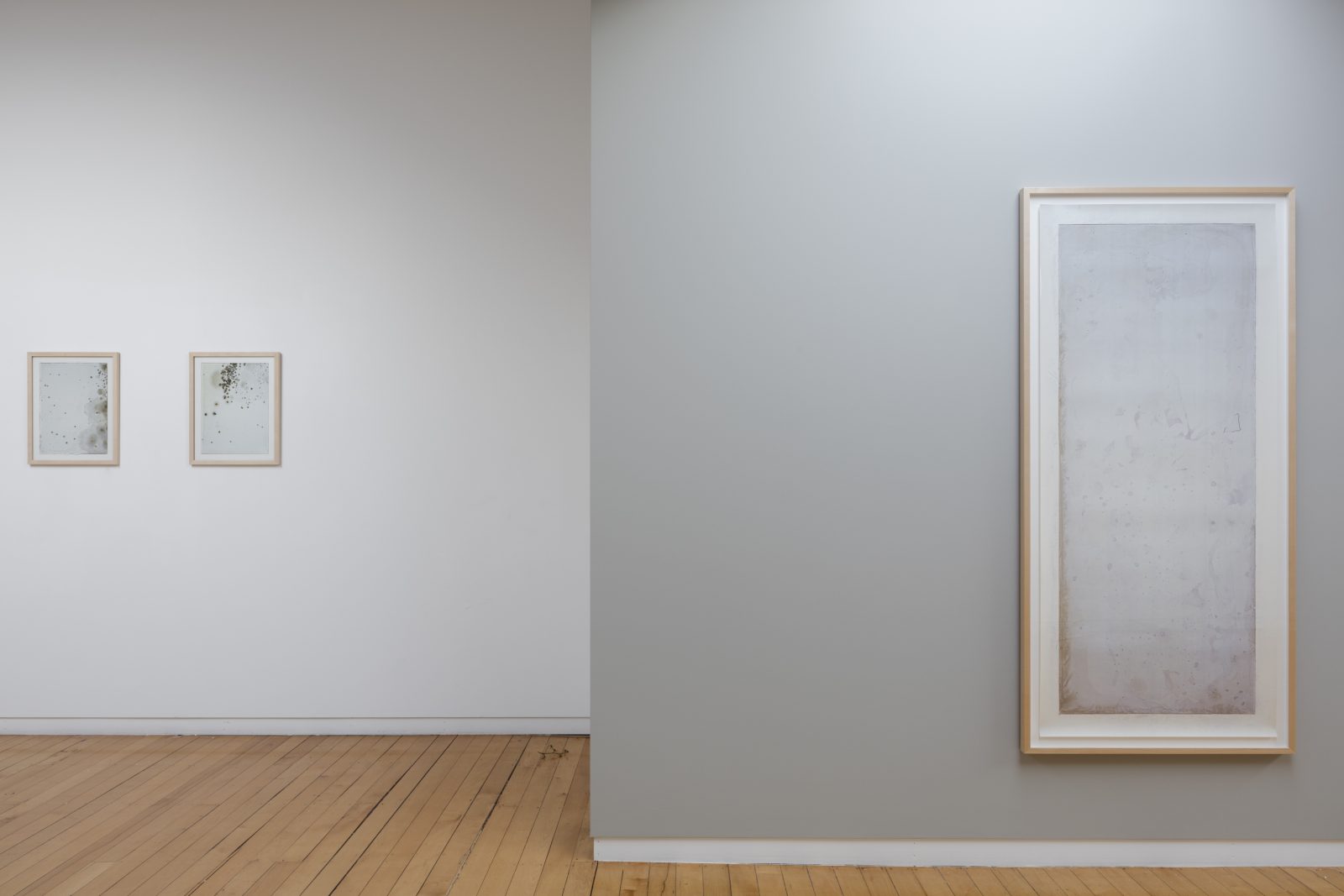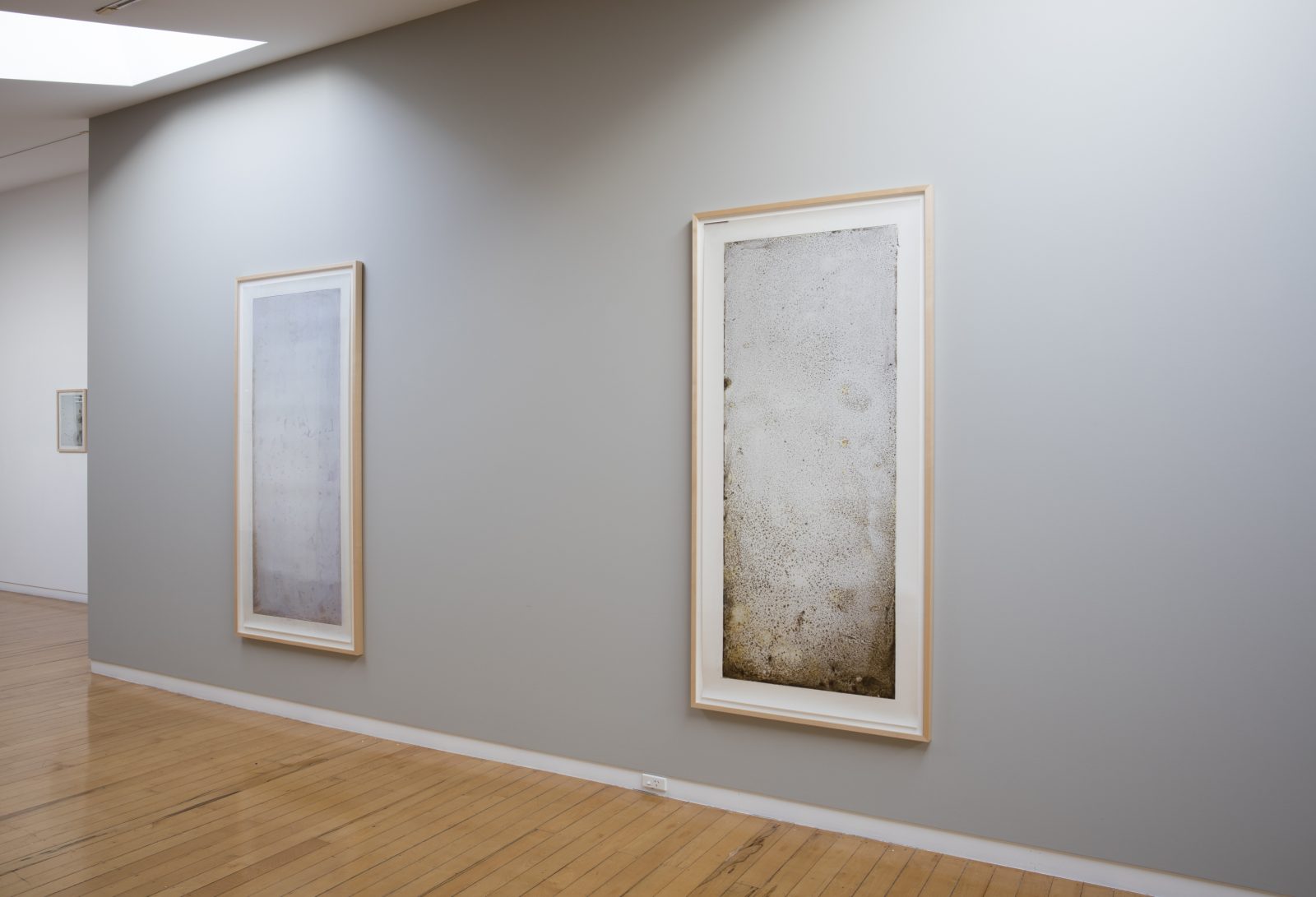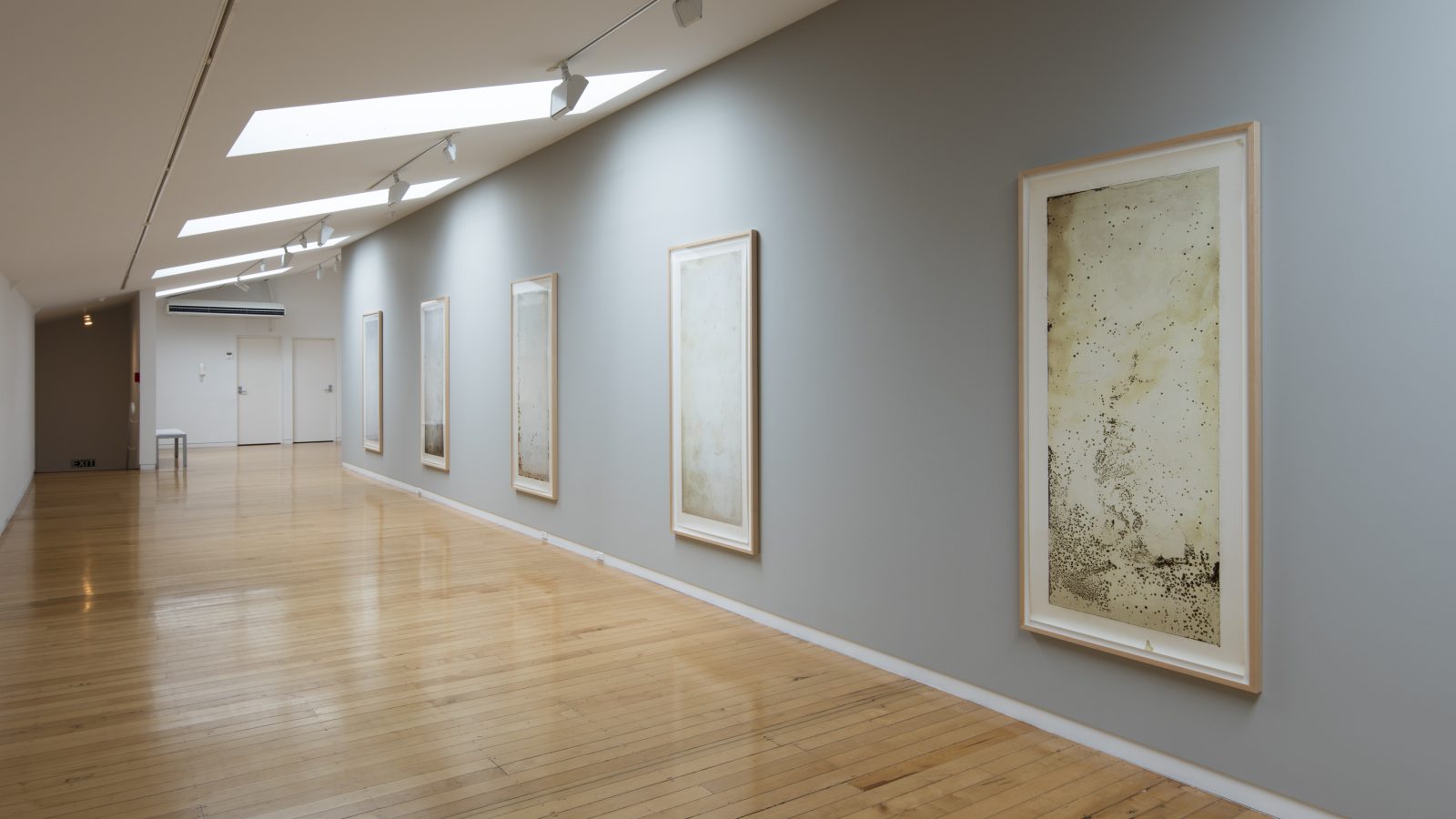Joyce Campbell
subtilis
19 August - 17 September 2016
Joyce Campbell’s current show at Two Rooms gallery consists of a body of work produced in the late 1990s. Having inoculated a series of sterilised agar plates with strains of bacteria (Bacillus subtilis) or wild fungi, Campbell then proceeded to make photograms by making irect contact between the plate and a sheet of cibachrome paper placed beneath an enlarger. The comp0sitional structure of each of print is the direct result of the placement of the spores and their subsequent patterns of growth with Campbell exercising various degrees of control. Some saw Campbell randomly wave a spore-covered tool over the prepared agar, others resulted from the careful placement of the tool on pre-considered areas, and several were achieved by using a scalpel to piece specific sections.
On the nature of the project and the specific choice of bacterial strain, Campbell elaborates: “my favourite micro-organism is Bacillus subtilis, a ubiquitous soil borne bacteria, distinctive because it forms coherent colonies built from chains of individual cells. A unique saw-like tail causes the migrating cells to twist in a single direction, forming elaborate, fern-like scrolls. In my attempts to depict the undepictable – organic form in the process of emergence – I have abandoned camera photography in favour of photograms.” Indeed, one of the many delights of these works is the fact that they are wholly unique and irreplaceable. None of the works can be recreated or replicated since there are no negatives. Furthermore, cibachrome is no longer available in New Zealand, and the potential for making a positive colour photogram is now extremely limited, if not impossible. This degree of rarity heightens the allure of the images, which are already visually compelling. Pencil-thin lines edge their way across a ground textured with a misty patina and dotted with smoky bubbles and curls. Each work has a pronounced delicacy and finesse, with the serpentine forms and monochromatic palette giving a vintage ambiance while blurring the borders between microbiology and art.
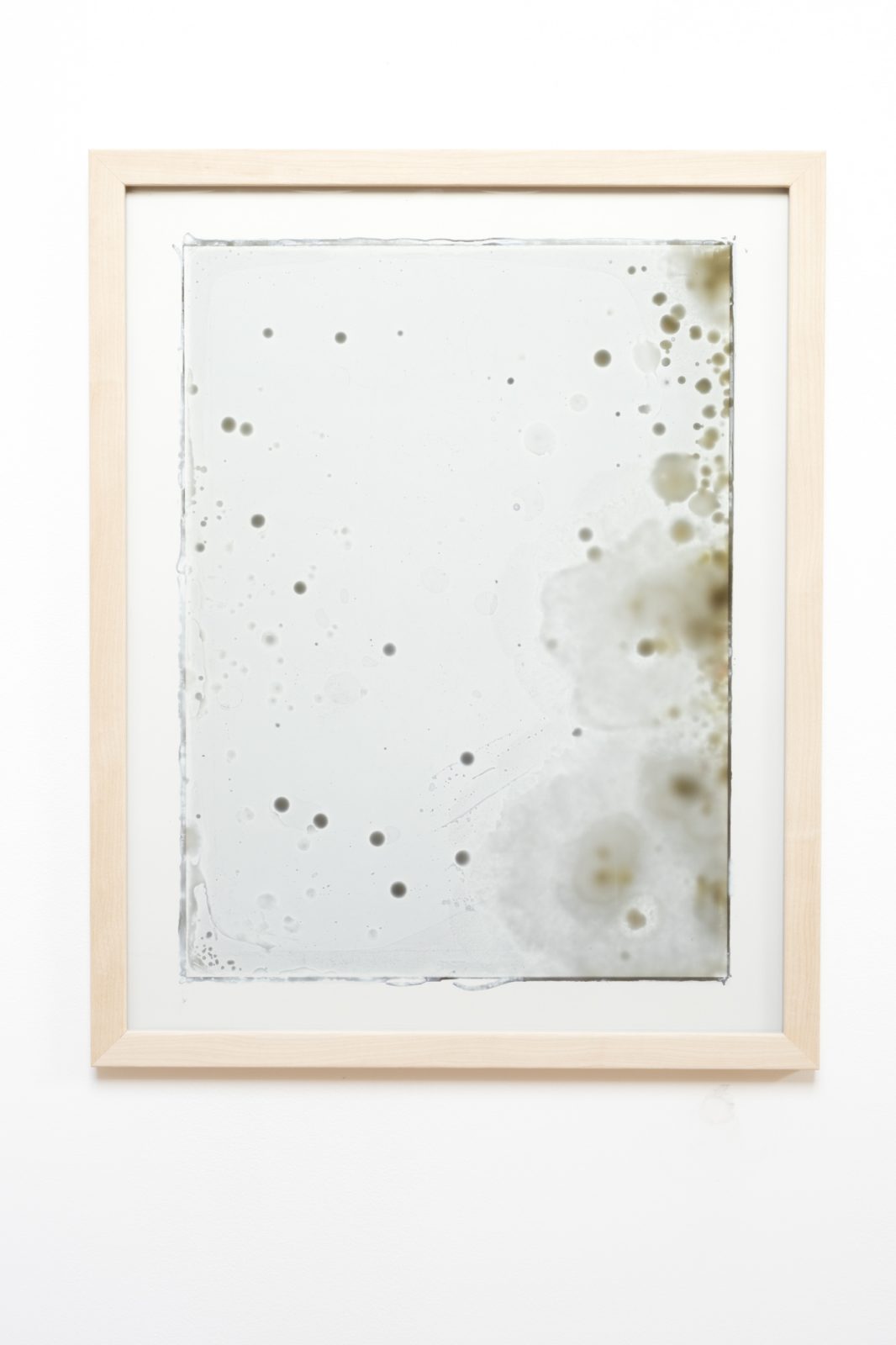
unique Cibachrome photogram
510 x 405 mm
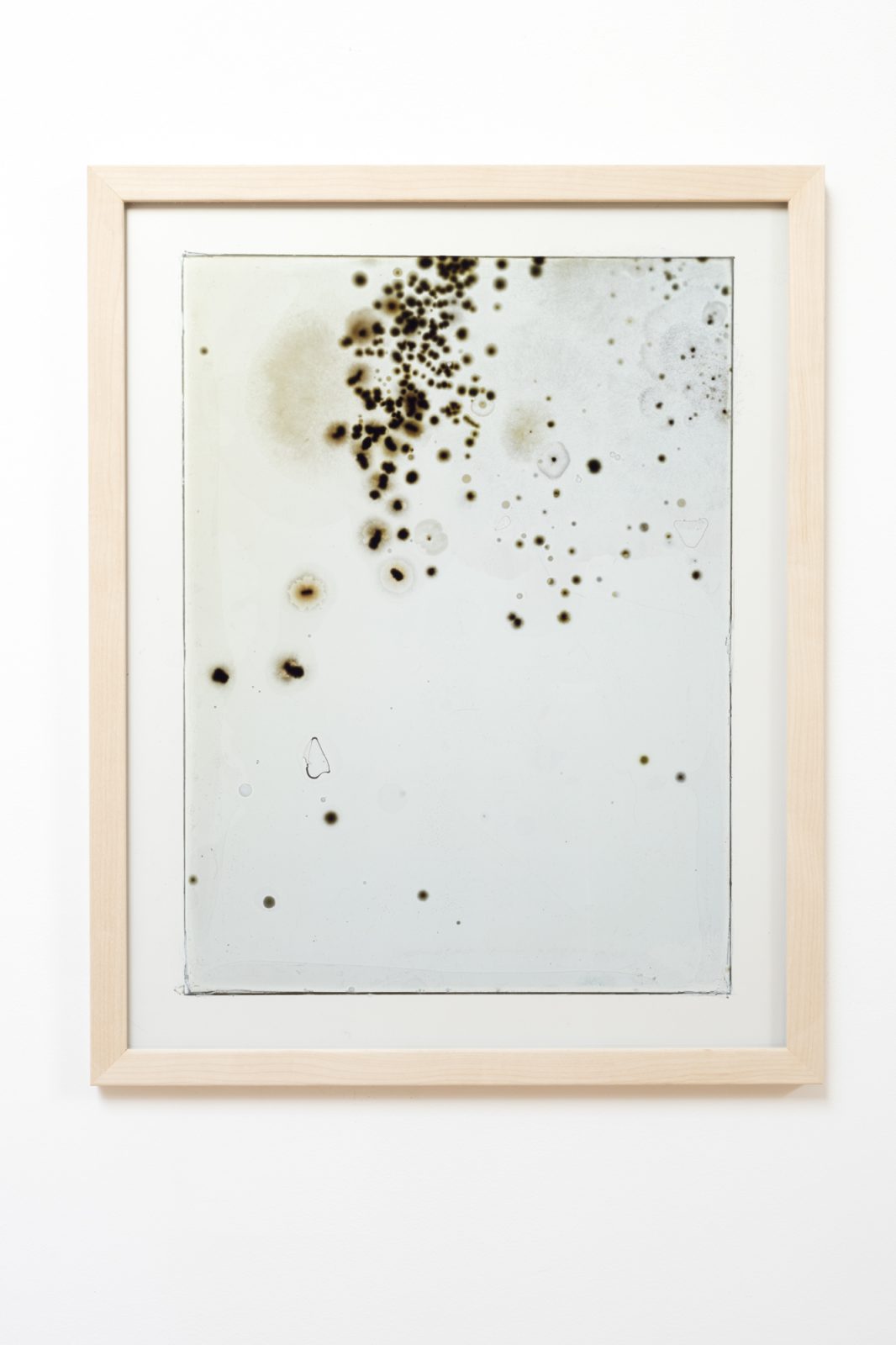
unique Cibachrome photogram
510 x 405 mm
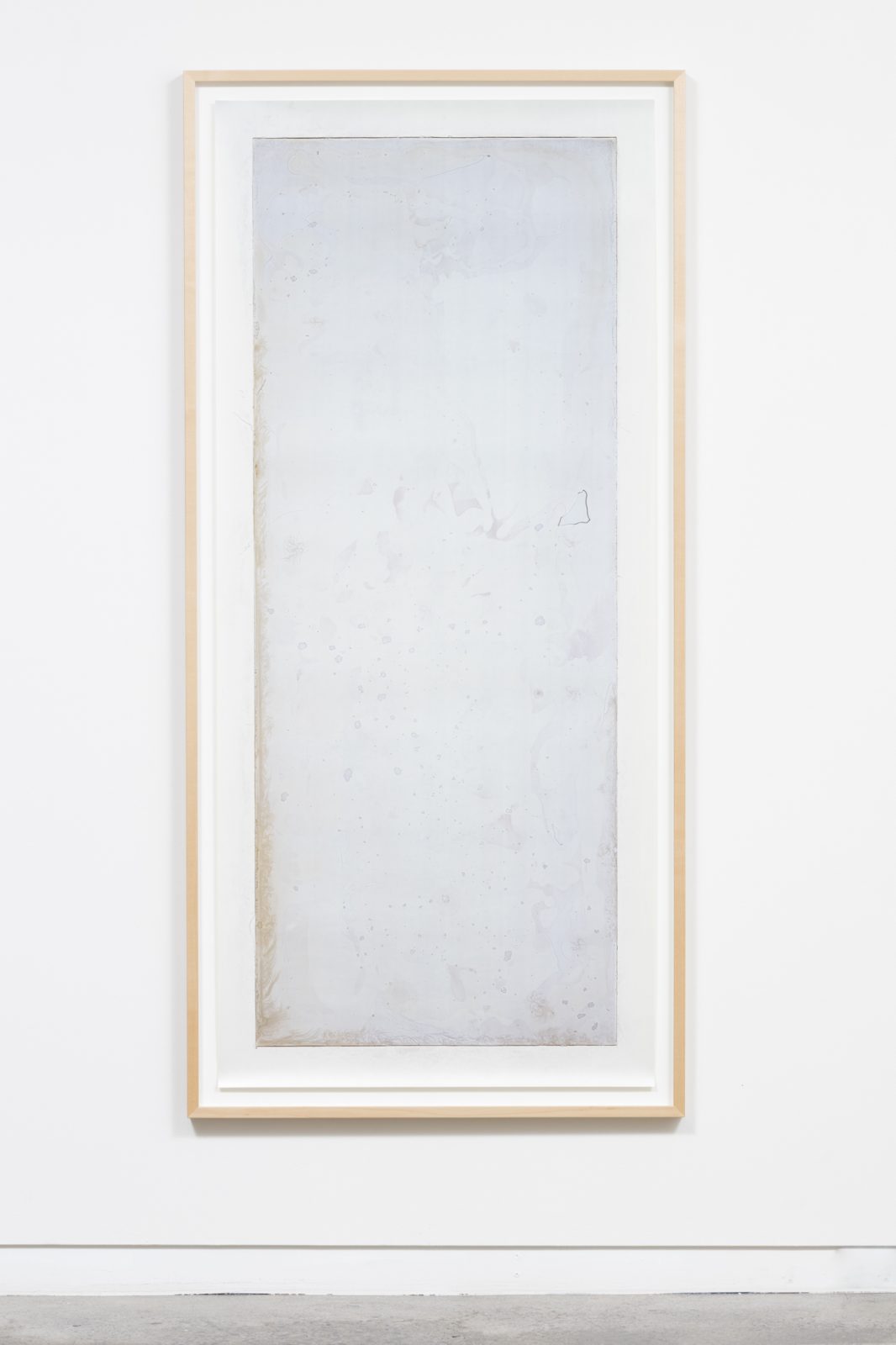
unique Cibachrome photogram
1760 x 840 mm
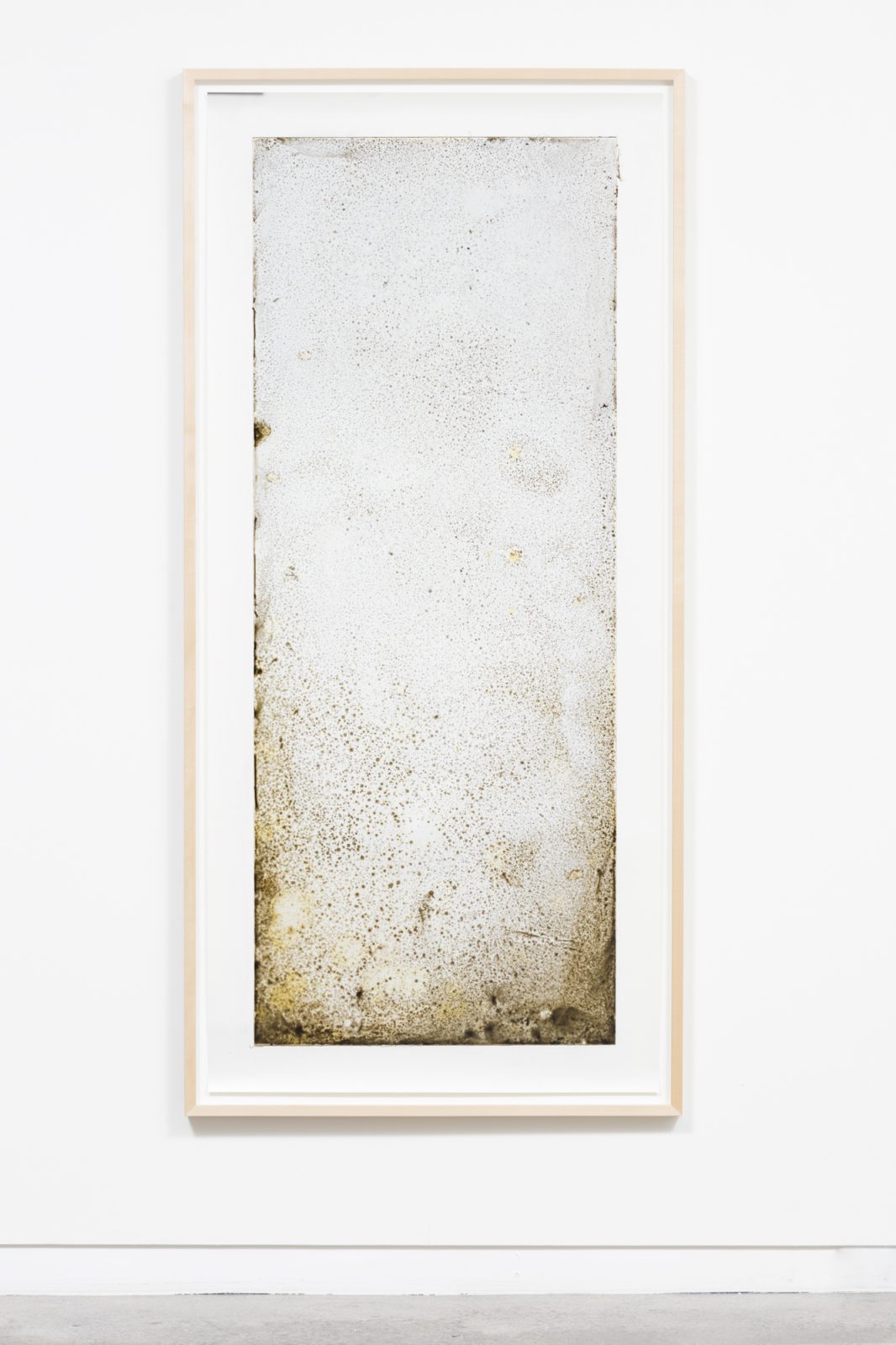
Cibachrome photogram
1760 x 840 mm
Unique
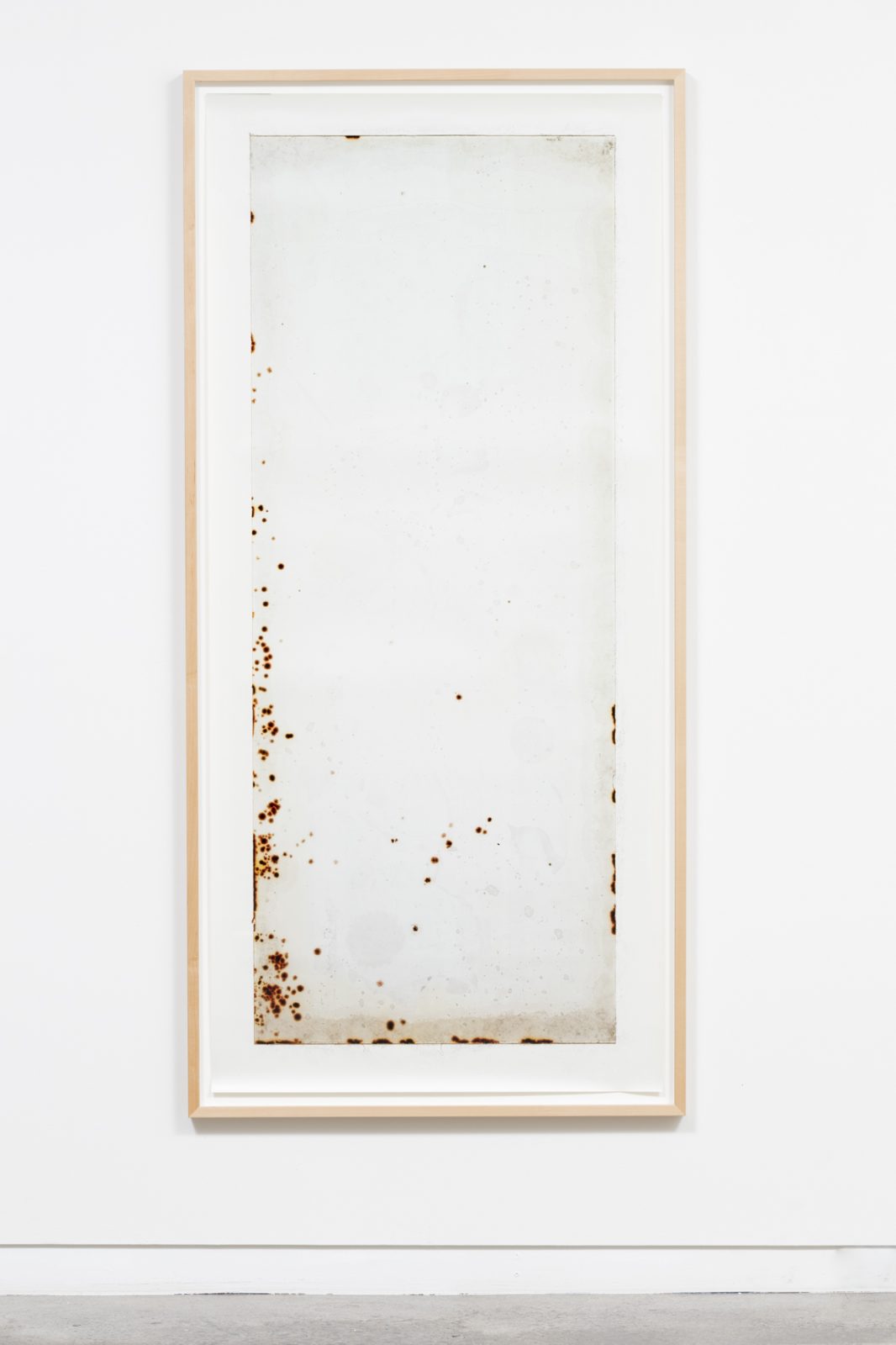
Cibachrome photogram
1760 x 840 mm
Unique
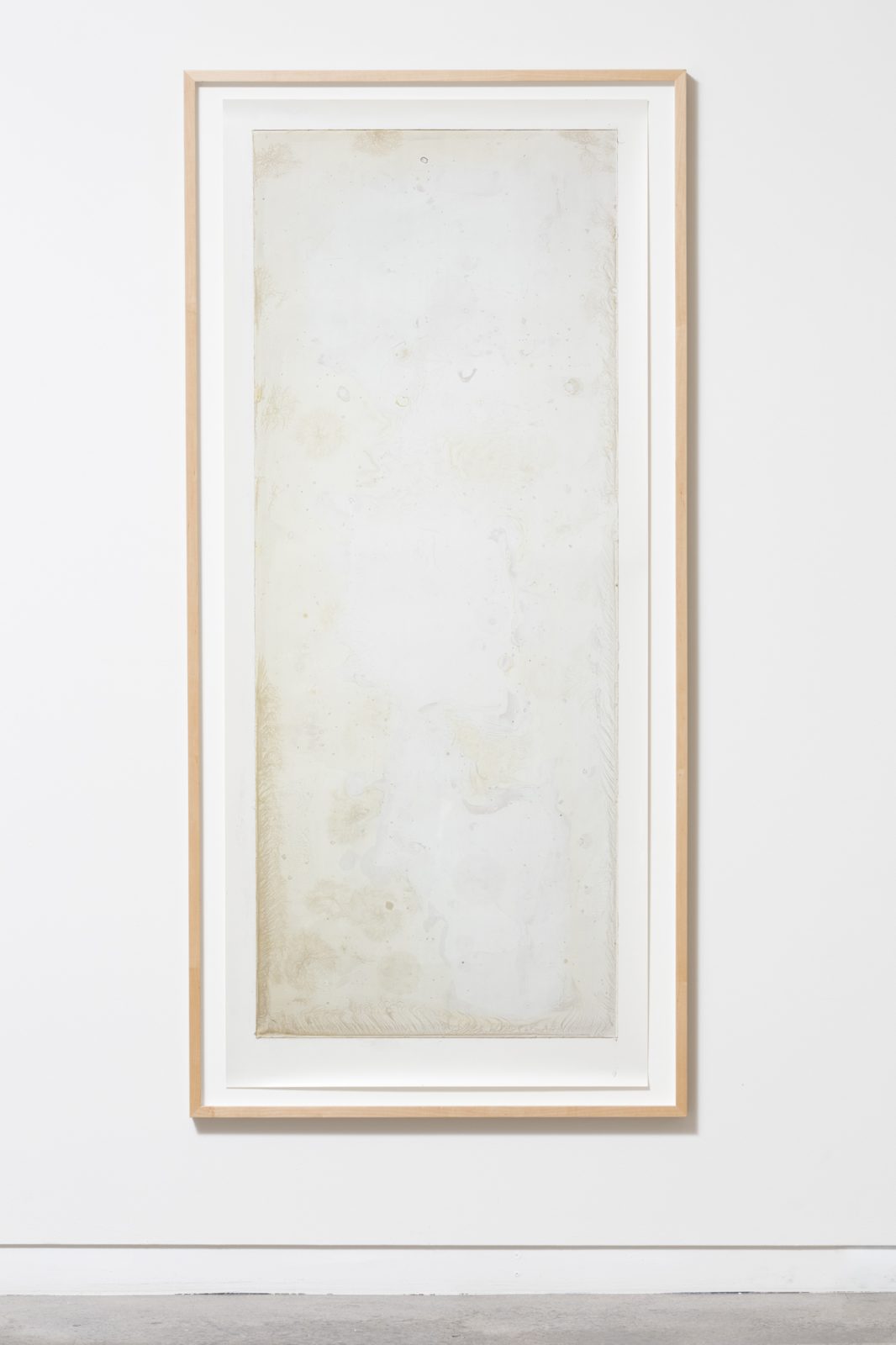
Cibachrome photogram
1760 x 840 mm
Unique
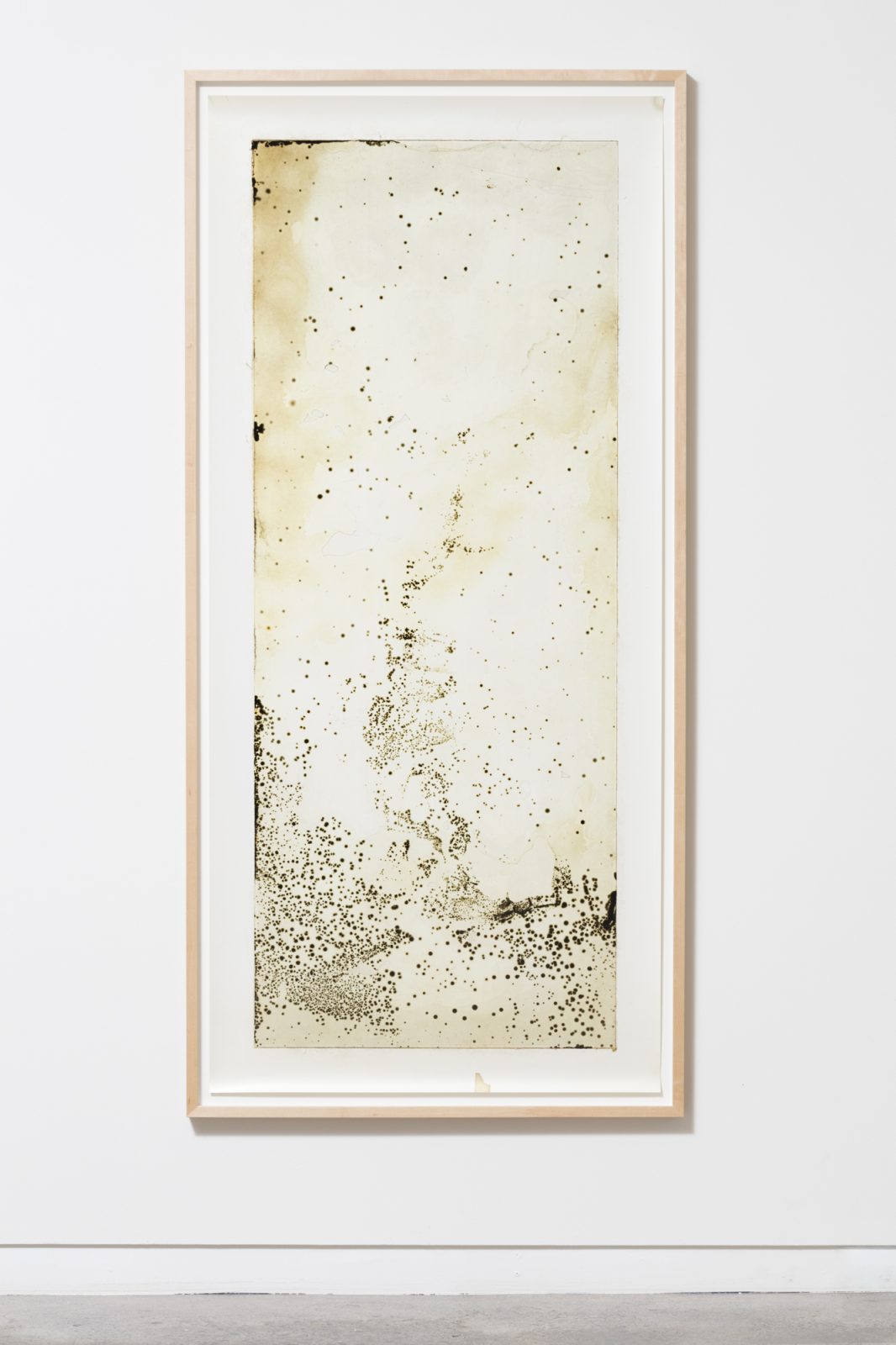
Cibachrome photogram
1760 x 840 mm
Unique
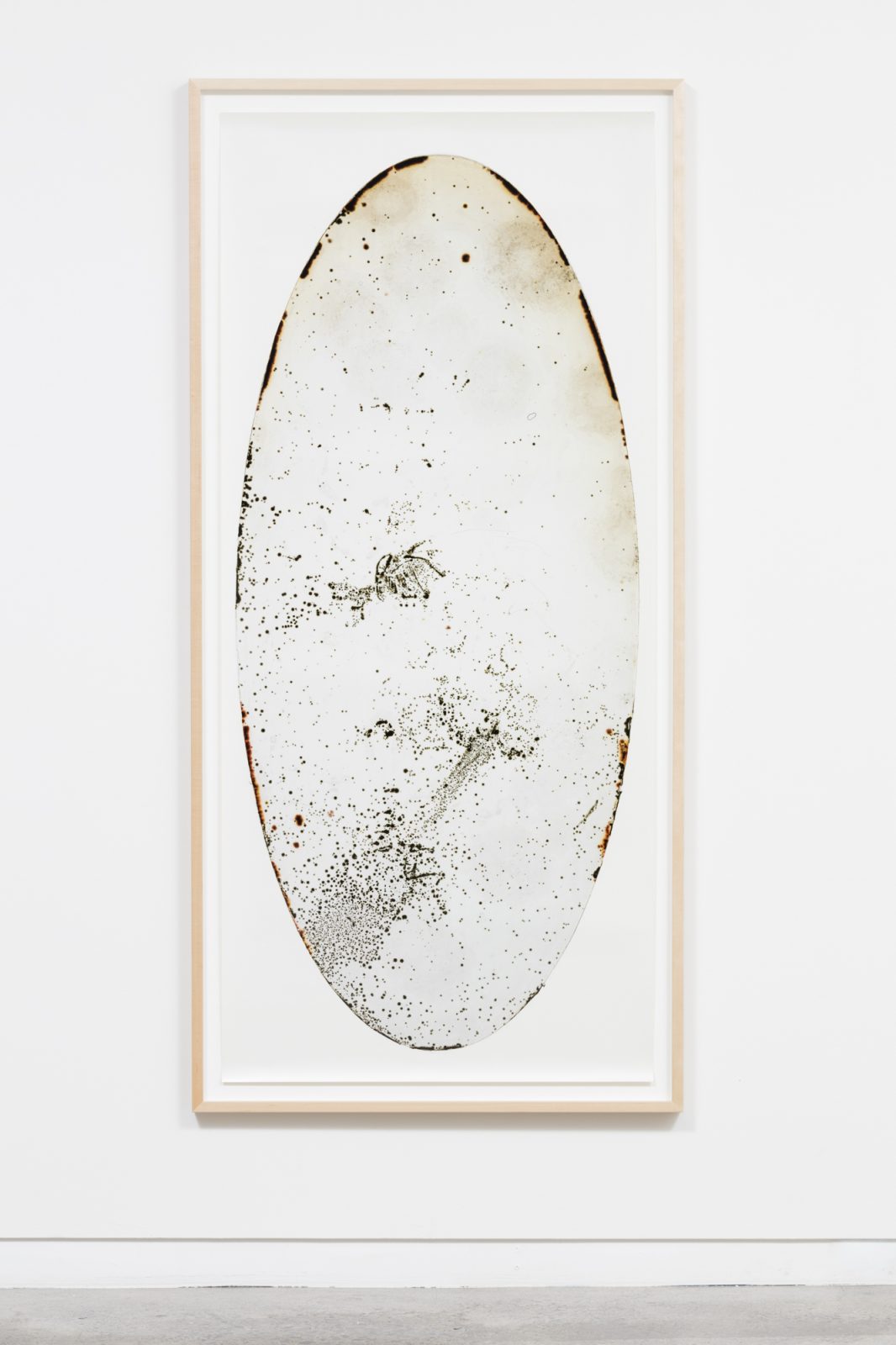
Cibachrome photogram
1760 x 840 mm
Unique
